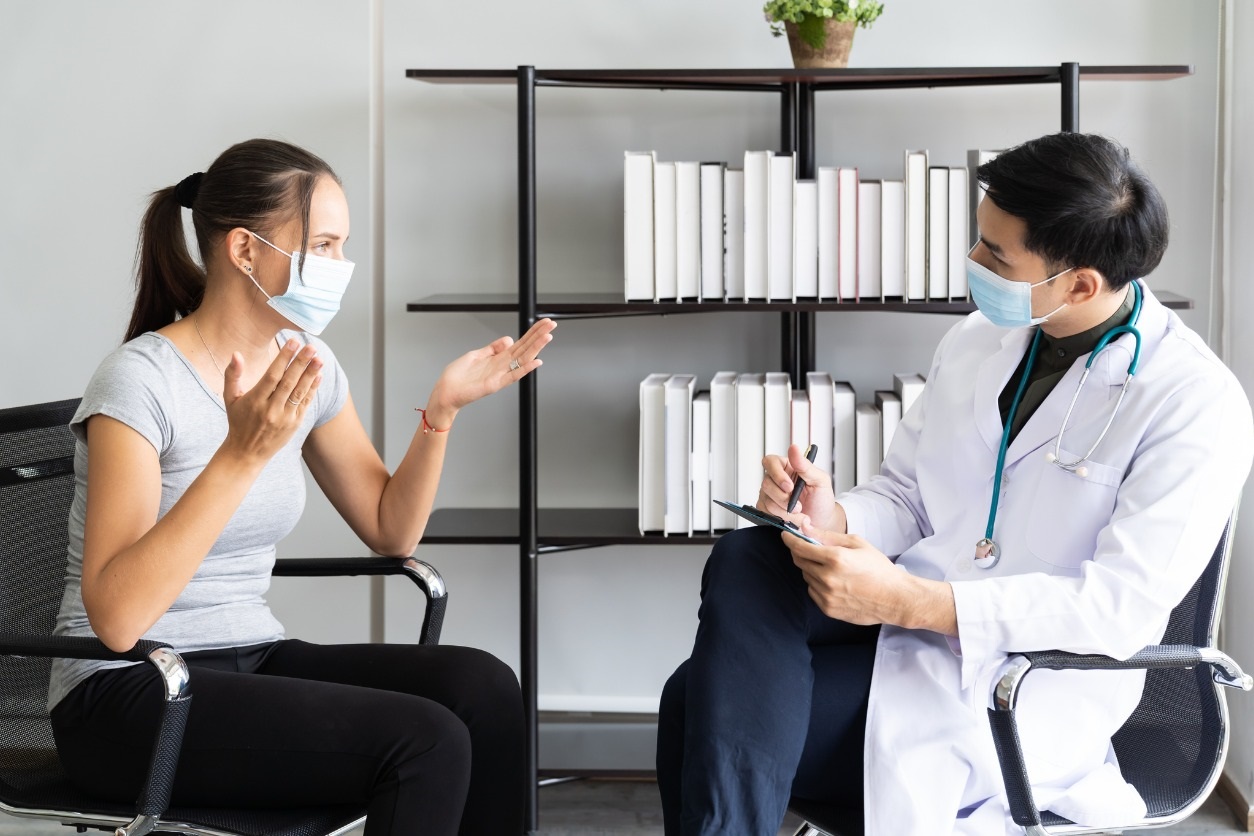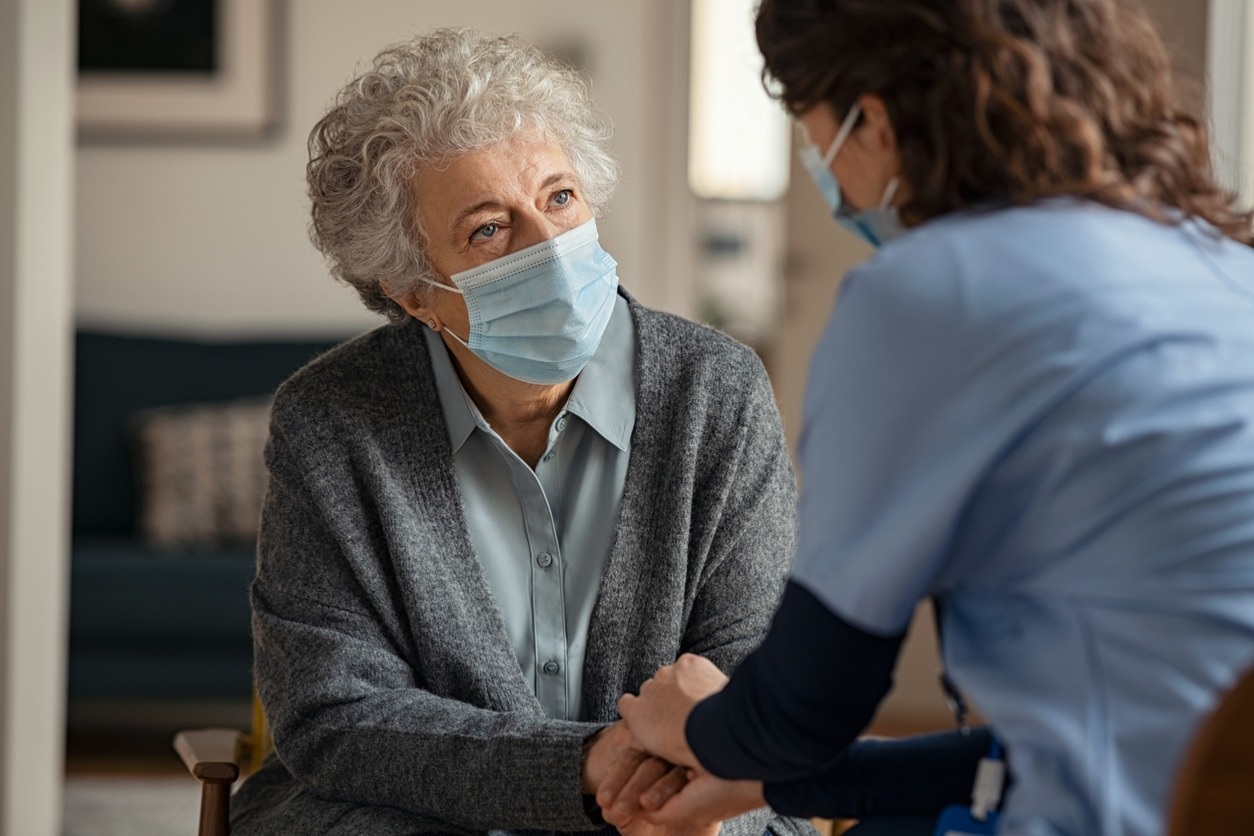What Women Need to Know about Breast Cancer Screening with MRI

Written By: Claire C. Conley, Ph.D. - Georgetown University, Lombardi Comprehensive Cancer Center
When actress Olivia Munn announced on Instagram that she had been diagnosed with breast cancer, her story quickly took over social media. The diagnosis was a surprise to many, but just as surprising was the method by which her doctor arrived at the diagnosis.
Ms. Munn’s doctor recommended that she receive supplemental breast cancer screening with magnetic resonance imaging (MRI). This procedure led to Ms. Munn’s breast cancer diagnosis. Many women had never heard of a breast MRI. Naturally, they wondered if they should get a breast MRI, too.
Although breast MRI has been recommended for screening women at high risk for breast cancer for over a decade, very few women take advantage of it. According to some estimates, only 1 in 5 eligible women have received a breast MRI. Research has shown that knowledge is a key barrier to breast MRI for high-risk women. So, what should women know about breast cancer screening with breast MRI?
Breast MRI is Not for Everyone
Organizations such as the American Cancer Society recommend that only women at high risk for breast cancer are routinely screened with breast MRI. This is because MRI is such a sensitive test. Sometimes breast MRI will suggest that a person has cancer when they do not – also called a “false positive”.
Breast MRIs have nearly twice as many false positives as mammograms. False positives can be distressing and lead to expensive, unnecessary follow-up tests. Experts have deemed the benefits of MRI to outweigh the risks for high-risk women, but not for women with average breast cancer risk.
MRI for Breast Cancer – Is it Right for You?
Women can work with a health care provider – like a gynecologist, a primary care provider, a breast specialist, or a genetic counselor – to figure out if they are at high risk for breast cancer. Women with genetic mutations (like mutations in the BRCA1 or BRCA2 gene) are at high risk for breast cancer, but you can be at high risk without having a genetic mutation.
Mathematical models, like the one used by Ms. Munn’s doctor, can be used to estimate a woman’s breast cancer risk. These models use your personal history of breast cancer screening, reproductive history, and family history of breast cancer to estimate your risk for developing breast cancer at some point during your life.
If you and your health care provider determine that you are at high risk for breast cancer, you don’t have to start screening with breast MRI immediately. The National Comprehensive Cancer Network recommends starting screening with breast MRI 10 years before your youngest family member was diagnosed with breast cancer. For example, if your mother was diagnosed with breast cancer at age 45, you would begin screening with breast MRI at age 35.
Is Breast MRI a Substitute for Mammograms?
Breast MRI is not a replacement for screening with mammograms. Women at high risk for breast cancer get both mammograms and breast MRIs. Typically, they alternate screening every six months. Following this schedule ensures that a breast expert is monitoring you on a routine basis.
Breast MRI can be very expensive. Although MRI for breast cancer is covered by most health insurances for women at high risk, the procedure is often associated with high out-of-pocket costs. In addition, some insurances must review your case and deem that the screening breast MRI is necessary (also called “pre-authorization”) before they will pay for it.
Does Breast MRI Help Detect Breast Cancer?
Scientists do not know if screening with breast MRI helps women in the long run. MRI can find smaller breast cancers, but we do not know if this earlier detection results in fewer women dying from breast cancer. More research is needed to understand long-term outcomes of high-risk women who receive breast MRIs.
Nonetheless, many high-risk women rely on supplemental breast cancer screening. All women should learn about their family history of breast cancer, talk to their health care provider(s), and find out whether breast MRI should be part of their healthcare plan.
More Articles

Six Ways to Support a Friend with Cancer
A cancer diagnosis can come as a shock-- especially when it happens to a friend. Here are six ways to support a loved one who was recently diagnosed with cancer.

Choosing a Therapist after Cancer
A cancer diagnosis is an extremely stressful event. Many cancer patients find it helpful to share their experience with a therapist. Learn how to find a therapist that suits your needs as a cancer patient.

Coping in an Era of COVID-19: Lessons Learned from Cancer
Despite the significant challenges of cancer, most survivors cope well with their illness. There are important lessons to be learned from cancer survivors about coping in the era of COVID-19.

